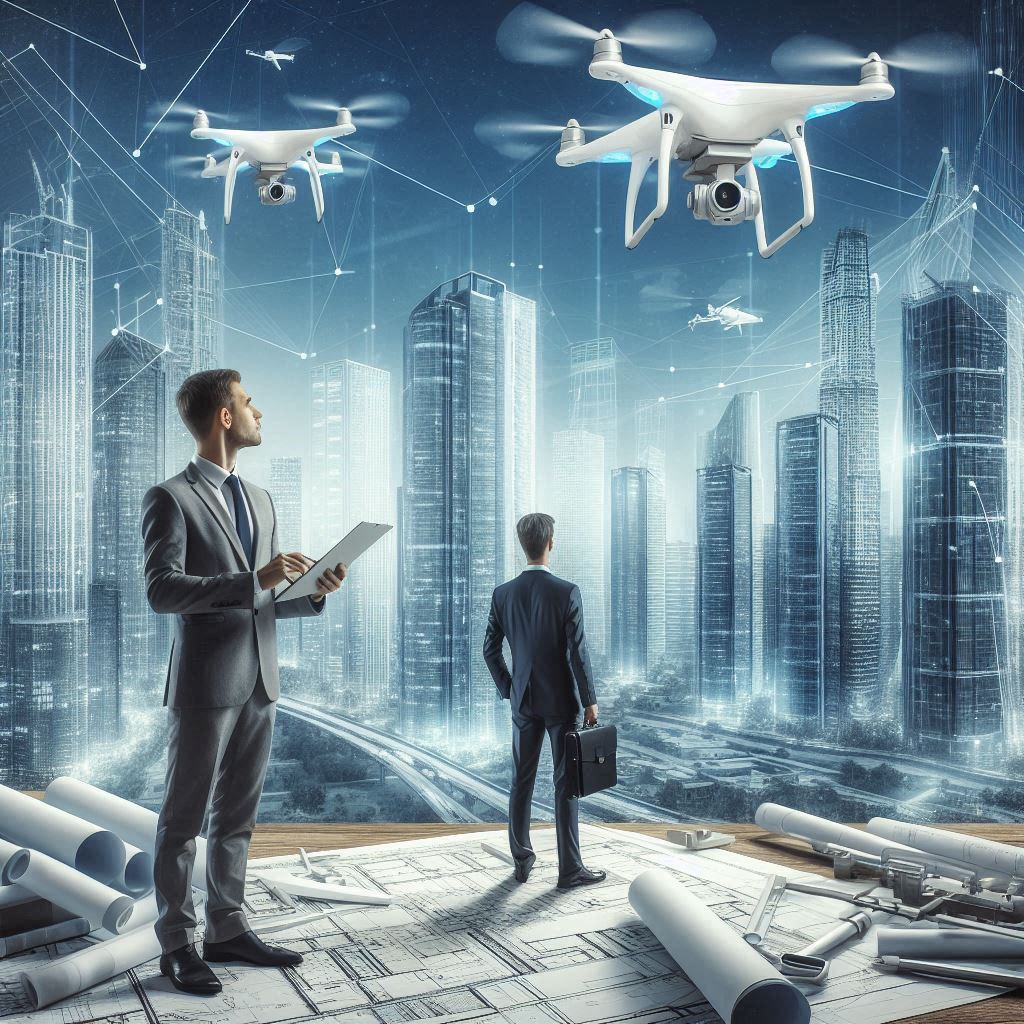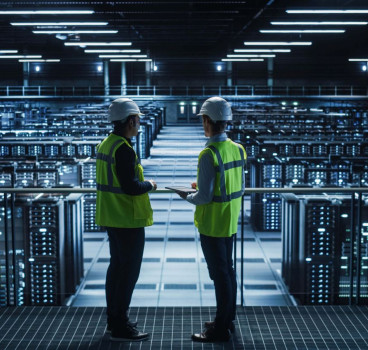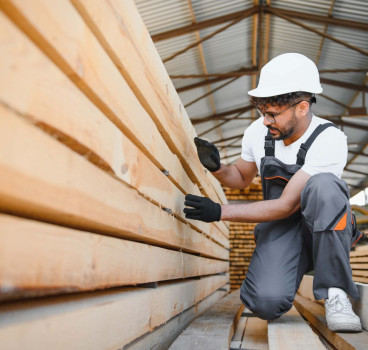How gaming technology is revolutionising construction
The construction industry has traditionally been slow to adopt new technologies compared to other sectors. However, over the past five to six years, a significant shift has occurred with the integration of gaming technology into construction practices. This transformation is not just about adopting new tools but about rethinking how projects are visualised, designed and executed writes John Ridgeway.
Virtual Reality (VR) and Augmented Reality (AR), initially developed for gaming, are now being extensively used in construction. VR immerses users in a completely virtual environment, while AR overlays digital elements onto the real world. Both technologies are revolutionising how construction projects are designed and managed.
We have seen the development of VR tools that allow architects and engineers to walk through their ideas before construction begins. This has helped in identifying potential issues early in the design process. VR is also used for training workers, providing a safe environment to learn complex machinery operations or construction techniques.
This kind of technology is also being used on construction sites to overlay plans and models onto the physical environment. This helps workers see where pipes, wires and other elements should be placed, reducing errors and rework.
Building Information Modelling (BIM)
Building Information Modelling (BIM) software, which involves creating digital representations of buildings that integrate data from various stages of the project lifecycle, frequently incorporates gaming technology to enhance visualisation and interaction with these models.
Supporting software also allows for interactive 3D models that can be explored in a similar way to navigating through a video game. Users can "fly" through buildings, examining details from any angle and simulating various scenarios.
Furthermore, drones, equipped with cameras and 3D scanning technology, are increasingly used in construction for site surveys and progress tracking. The data collected by drones can be turned into 3D models that resemble those created for video game environments.
Without doubt, gaming technology is enhancing the ability to visualise projects before they are built. This leads to better design decisions, reduces errors and ensures that the final product meets the client’s expectations.

Tools that use gaming technology can further facilitate better collaboration among project stakeholders. VR and AR is being used in meetings to provide a clear, shared understanding of project designs and plans, improving communication and reducing misunderstandings.
Training workers using VR simulations has also been proven to significantly reduce the risk of accidents. This allows workers to practice operating machinery or performing tasks in a virtual environment, to gain experience without the associated risks.
More efficient project management
Gaming technology has been shown to aid efficient project management by providing detailed, real-time data. This allows for better monitoring, more accurate timelines, and quicker problem resolution.
By reducing errors, improving safety and enhancing collaboration, gaming technology is leading to significant cost savings, with projects completed on time and within budget, avoiding costly delays and rework.
As gaming technology continues to evolve, its impact on the construction industry will likely deepen, so we at Talk.Build decided we should speculate a little on what the future might hold.
Future advancements may see AI and machine learning further integrated with gaming technology in construction. AI could analyse data collected from VR and AR simulations to optimise design processes, predict potential issues and provide solutions before they arise.
As VR and AR technology become more advanced, training programmes will likely become even more immersive and realistic. This could include simulations of emergency scenarios, complex machinery operations and more, providing workers with comprehensive training experiences.
The integration of gaming technology with robotics could also lead to fully automated construction sites. Drones, robotic arms, and automated vehicles, managed and monitored through AR interfaces, could perform tasks with high precision, reducing the need for human labour in hazardous environments.
Real-time collaboration across the globe
Enhanced AR and VR capabilities could enable real-time collaboration on a global scale. Project stakeholders from different parts of the world could meet in virtual environments, inspect models and make decisions collectively, without the need for physical presence.
The data and insights gained from using gaming technology in construction could also contribute to the development of smart buildings and cities. These structures would use integrated technologies to improve energy efficiency, safety and overall liveability.
There are already tools that bridge the gap between BIM models and gaming engines, allowing for real-time rendering and interaction. These tools enable architects and engineers to create immersive, interactive experiences from BIM data, which can be used for presentations, design reviews and stakeholder engagement.
The concept of digital twins is also with us. This involves creating a virtual replica of a physical asset. This technology, borrowed from gaming, allows for real-time monitoring and management of buildings and infrastructure.
Furthermore, companies are developing robotic systems that, when combined with AR, can perform complex tasks on construction sites. These robots can be controlled remotely, providing a safer and more efficient way to handle hazardous or repetitive tasks.
The integration of gaming technology into the construction industry represents a significant evolution in how buildings and infrastructure are designed, constructed and managed. The benefits are clear - with improved visualisation, enhanced collaboration, increased safety, efficient project management and significant cost savings. As technology continues to advance, the future holds even greater potential for innovation and efficiency.
By embracing these technologies, the construction industry can address some of its most pressing challenges, from safety and cost overruns to environmental impact and labour shortages. The ongoing collaboration between tech developers and construction professionals will be crucial in driving this transformation, ensuring that the industry is well-prepared for the future.
All this means that gaming technology is not just a novel addition to the construction toolkit - it is a game-changer that has the potential to redefine the industry. The journey is just beginning, and the possibilities are limitless.
Additional Blogs

What if Building Control went fully digital?
Building control governs structural integrity, fire protection, energy efficiency, accessibility and countless other aspects of design and construction. Historically, this process has been highly...
Read moreWhere most “Smart Buildings” go wrong
Smart buildings are often presented as the ultimate in modern construction - interconnected, efficient, intuitive and driven by real-time data. They promise lower operating costs, reduced energy use,...
Read more

The future of facilities management starts at RIBA Stage 0
Facilities management has traditionally been treated as a discipline that only becomes relevant once a building is handed over. At that point, FM professionals inherit decisions made months or years...
Read more